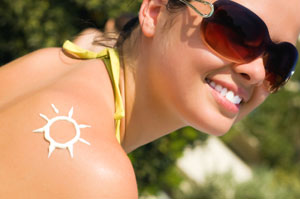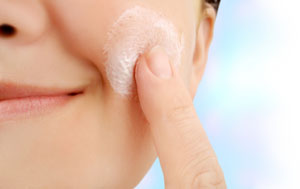It used to be that one would go to a salon simply to get one’s hair and nails done, but these days salons offer all kinds of beauty treatments including cosmetic injectables and even more invasive procedures. The prices can be very cheap, but the results can be catastrophic.
Why is it crucial for consumers to take a second look and ask more questions? Notably, there were dramatic cases out of Miami last year when reports surfaced about illegal cosmetic injections being performed on several women. “Doctors” were accused of injecting these women with substances like mineral oil, super glue, concrete, and Fix-a-Flat. The women reportedly were getting buttock injections in hopes of attaining a healthy “backside”, but they could have lifetime disfigurement as a result.
Earlier this year, in Tyler, Texas, a salon owner was arrested for injecting clients in the breast and buttocks with an unknown substance (likely automotive grade silicone) and closing it with a superglue-type sealant. Why would someone get this done to their body? Perhaps it is the very low cost and the lack of information about what these victims are being injected with.
Please be educated on the three P’s of getting a cosmetic procedure done as safely as possible: Product, Practitioner, and Place.
1. Product – Make sure the product you are getting injected with is an FDA approved product for the particular area you are wanting injected. The FDA has approved certain products for injection into different regions of the face for cosmetic purposes, like Botox, Juvederm, Restylane, Radiesse, and Sculptra. There is no synthetic material that has been approved by the FDA for injection in the breast so that is a red flag itself. Ask what neurotoxin or filler is being used, and even research the product labeling online. If a provider refuses or is unable to tell you what material you are being injected with, do not let that person treat you.
2. Practitioner – Know what type of practitioner to go to like a physician trained to do cosmetic procedures or his/her designee has cosmetic injection training.
3. Place – Don’t get injected in a place that you feel uncomfortable undergoing a procedure in such as a salon, mall, or private home. These are medical procedures and they should be performed in a medical office or medical facility due to its sanitary environment with resources at hand. Often the price may seem too good to pass up, but if you hear of a Groupon ad that’s too good to be true or a salon owner that is offering rock bottom prices on something that is going to be injected in your face or body, let the buyer beware as it be dangerous or even fatal. Even at a Botox “party” or event, a physician must be supervising anyone who is doing these procedures and they must the appropriate credentials.
In other words, do your research, ask questions, and become informed!
This information is brought to you courtesy of Dr. Mark Bishara and The Paragon Plastic Surgery & Med Spa






